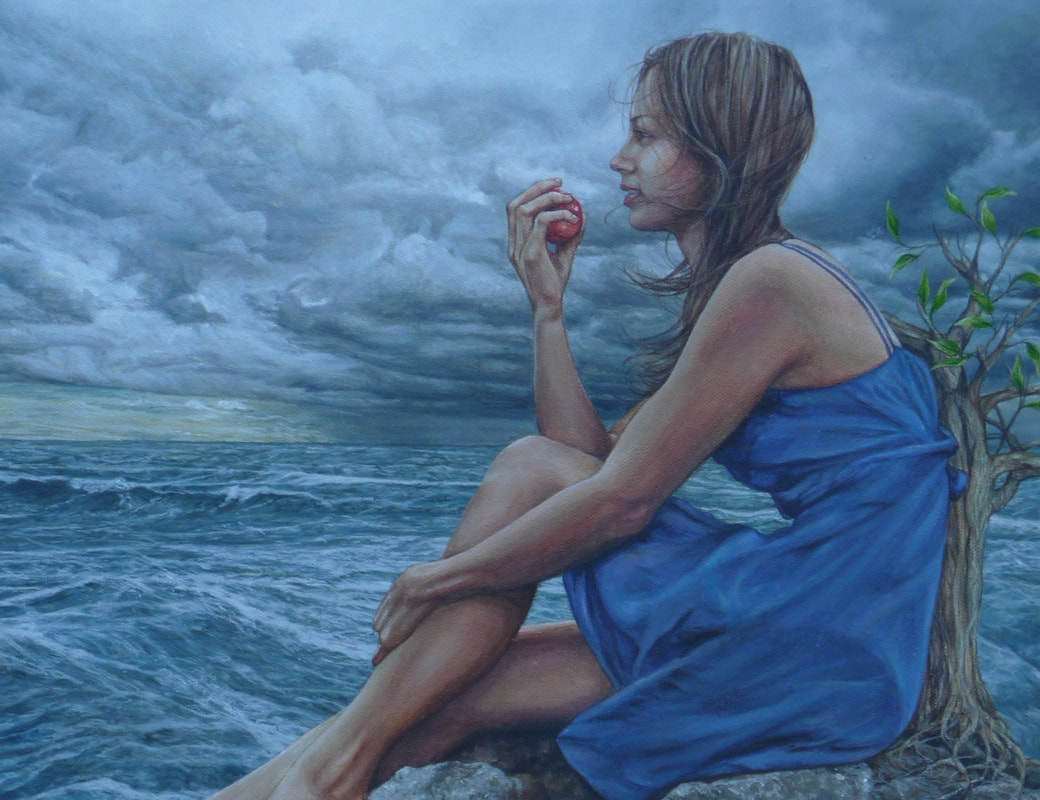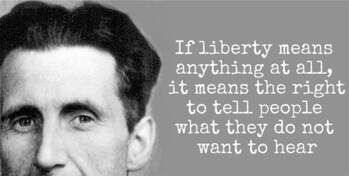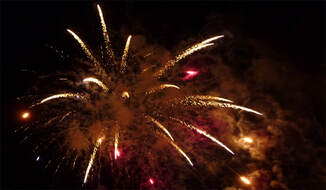A rahiu to replenish

While we need to contain or restrict (tauparuru) certain practices like the hongi and handshake for a time those are only tokens of connection which we can transcend in other authentic ways.
This requires a kind of lifegiving and focussed thinking (whakaaro) so faith can lift us into a place of positive expressions that become powerful blessings.
These expressions, like the living kupu ora wairua have the potential to create shimmers of hope and inspiration well beyond two metre social distancing and like pebbles in a pond send waves of healing and light radiating out to the boundaries of our nation.
This creative energy; this belief in the transformational power that renews, restores and prepares us for a re-set, is our currency as believers.
Beyond the bubble
As Christ the anointed one establishes and energises us let us find ways to connect in ways no bubble can contain.
A meme doing the rounds suggests replacing ‘lock down’ with rahui. A rahui is a temporary order for protection or preservation often used for conservation purposes to allow an area to recover from overuse or be restored to balance.
It might be a requirement to stay away from an area that is polluted or where death has occurred or to remain separate from people, land or things that are tapu (sacred or prohibited).
All of the above feel appropriate for the times we are in.
Some redefining moments that resonate including input fomr Bible & Treaty Facebook members Sean Delaney: “We are in a phase of whakawatea = clearing the parapara/chains/herekino which have supressed the works of Te Rongopai. Let the Good News resound throughout this whenua tauri kura o Aotearoa na Io matua i homai nei ki a tatou kia tupu whakarangi!”
I believe, in my halting understanding of te reo that this might mean it’s a time to be reminded of our story in this land and to bind it again to the increase of knowledge about the Gospel?
Painful birthing
And Aiden Harrison giving us the definition of whakamaemae as labour pains (maemae = hurt, pain that gives birth to new life) as referenced from Growing up Maori, Witi Ihimaera quoting Makreti Papkura (1872-1930).
A question asked by Nathan Buxton who had been pondering on the term I nga wa o mua, which in my amateur understanding might mean a time before or in front, pertaining to the future.
It does seem to resonate with a sense of what is possible now and may well have a kindred meaning in Kia whakatomuri te haere whakamua: “My past is my present is my future; I walk backwards into the future, with my eyes fixed on the past”.
This is one of my favourite whakatauki (proverbs) which like the Hebrew word aharit used in Jeremiah 29:11, suggests “a looking back for what comes after” and in the biblical context the promise of hope and a future. Another similar version is titiro whakamuri kokiro whakamua: Look back and reflect so we can move forward.
The Japanese use it as having one eye on the past and another on the future. The two-faced Roman god Janus represented something similar.
Indigenous prophetic view
This indeed is a very indigenous view and a concept understood well by poets and prophets; it is an important and powerful way to think about who and where we are at any one time.
This thinking helps centre us so we can project our imaginations into the potential futures based on the patterns of the past which are very clearly spelled out in the ancient tribal stories of the Paipera Tapu.
We stand on the shoulders of the past, and because of our ancestors (tipuna) we should; if we are listening and wise enough to hear what is being said down the generaitons, be able to get a glimpse beyond our present circumstances and be better prepared for what might come next.
It’s a place to mediate, to consider, to distill, to gather those voices and make them our voices and lessons that we might be strengthened in the moment (because that’s all we really have) and better prepared to participate in the future we are creating by our thoughts and actions right now.
So what were we thinking? And when we look back will we have learned something powerful, restored ourselves with the breath of Christlife, and left something helpful and possibly amazing in our wake after this rahui?
Painting: Paula Newman, Peace (cropped) from the Fruit of the Spirit series.










 RSS Feed
RSS Feed
